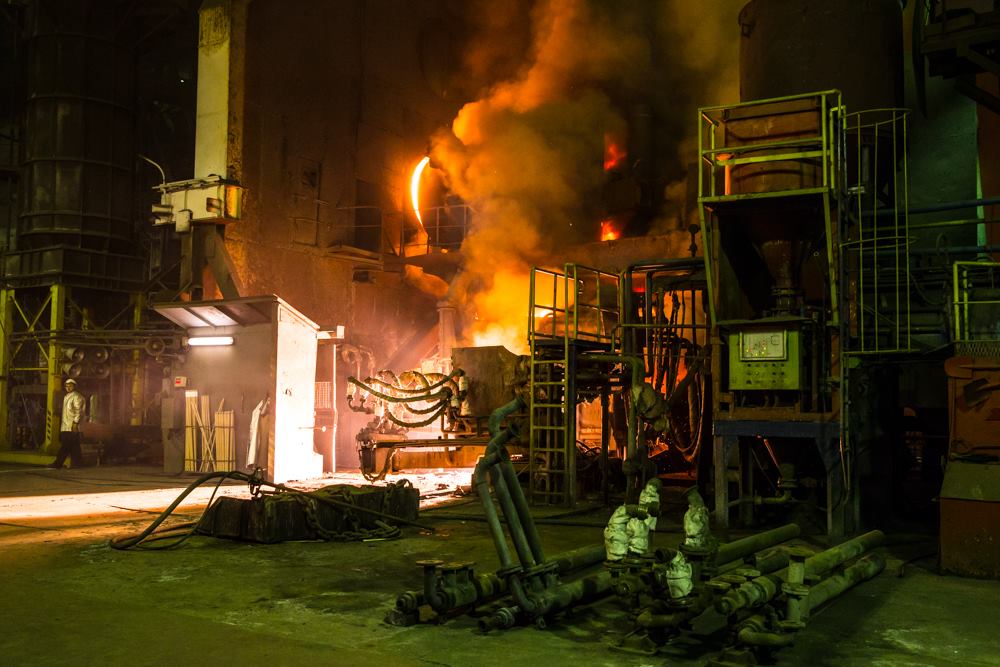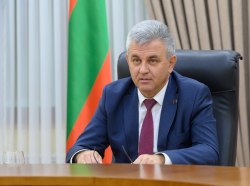Tiraspol, January 27. /Novosti Pridnestrovya/. Last year, the volume of industrial production was lower than in 2018. According to the State Statistics Service, maintaining high business activity in December made it possible to correct the negative intra-annual trend, reducing the overall annual lag from the base level. Industrial production volumes in December exceeded the comparable indicator of 2018 by 15%. However, over the entire year, commodity output in industry reached the level of 12 billion 609.5 million rubles against 13 billion 089.6 million in 2018 (-2.7% in real terms). At the same time, excluding ferrous metallurgy, which significantly affected overall indicators, industries showed a cumulative increase of 10.4% (+ 4% in comparable prices).
As noted on the website of the Ministry of Economic Development, in terms of industry, the largest volumes (about 1/3) are in the energy sector. According to the results of last year, the volume of generation against the background of uninterrupted supply of electricity for export increased in monetary terms by 5.9%. Taking into account the adjustment of the contract price, this gave an increase of 16.7%, bringing it to 4 billion 205.5 million rubles.
In ferrous metallurgy, due to increased competition in the markets of both ferrous metal scrap and finished products, there was a significant reduction in production indicators occurred in the first half of the year. In the second one, growth was 21.5% (July-December to January-June). This trend, taking into account the volatility of the world market price conditions, as well as quotas for deliveries to the European Union, led to annual production volumes of 3 billion 311.2 million rubles (-29.1% in current and -18.4% in comparable prices).
In the food industry, support measures for local producers (including through the State Reserve Fund) contributed to an increase in production volumes of 9.7% to 1 billion 727.8 million rubles (+ 4.9% in real terms). Farmers doubled the production of quick-frozen fruits and vegetables, pasta (+ 21.9%), fresh and chilled meat (+ 16.5%), canned goods (+ 14.6%), whole milk products (+ 10.4%) and confectionery products (+ 4.1%).
The dynamics of prices for cotton and finished products, increased competition in the commodity markets in light industry provoked a 3.3% lag behind the level of the year before last. Products produced during the year are estimated at 1 billion 476.3 million rubles. They began to produce less shoes (-16.7%), blouses (-19.1%) and skirts (-52%). Although, on the contrary, there were 2 times more coats and short coats produced, the top shirts - 1.9 times.
In the production of building materials due to the growth of cement volumes (+ 4.9%) and non-metallic building materials (+ 39.0%), as well as the programs of the Investment Fund, the annual production volume was 3.4% higher than the baseline level. In monetary terms, this amounted to 631.2 million rubles. (+ 5.3% in comparable prices).
The commodity output in the field of mechanical engineering and metalworking, taking into account the intensification of production activity, increased by 19.9% year-on-year (to 491.7 million rubles, or 3.9% of the total).
Last year, products worth 272.1 million rubles were produced in the electrical industry, which is 13.6% (+ 8.5% in comparable prices) higher than the year before last. These results were largely achieved thanks to an increase in the production of low-power electric motors, power cables, as well as lamp cords and wires.








